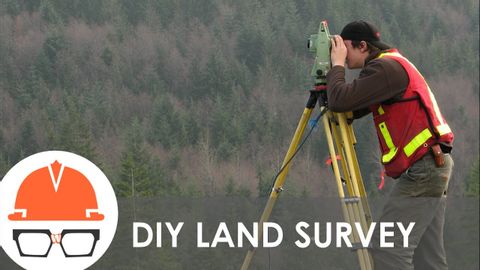How does land surveying work?
F64074065呂揚恩 が 2022 年 03 月 12 日 に投稿  この条件に一致する単語はありません
この条件に一致する単語はありませんUS /ɪˈsenʃəli/
・
UK /ɪˈsenʃəli/
US /ˈenʃənt/
・
UK /'eɪnʃənt/
US /ˈɪnfrəˌstrʌktʃɚ/
・
UK /'ɪnfrəstrʌktʃə(r)/
- n. (u.)インフラ;社会基盤;組織基盤;IT基盤
エネルギーを使用
すべての単語を解除
発音・解説・フィルター機能を解除

